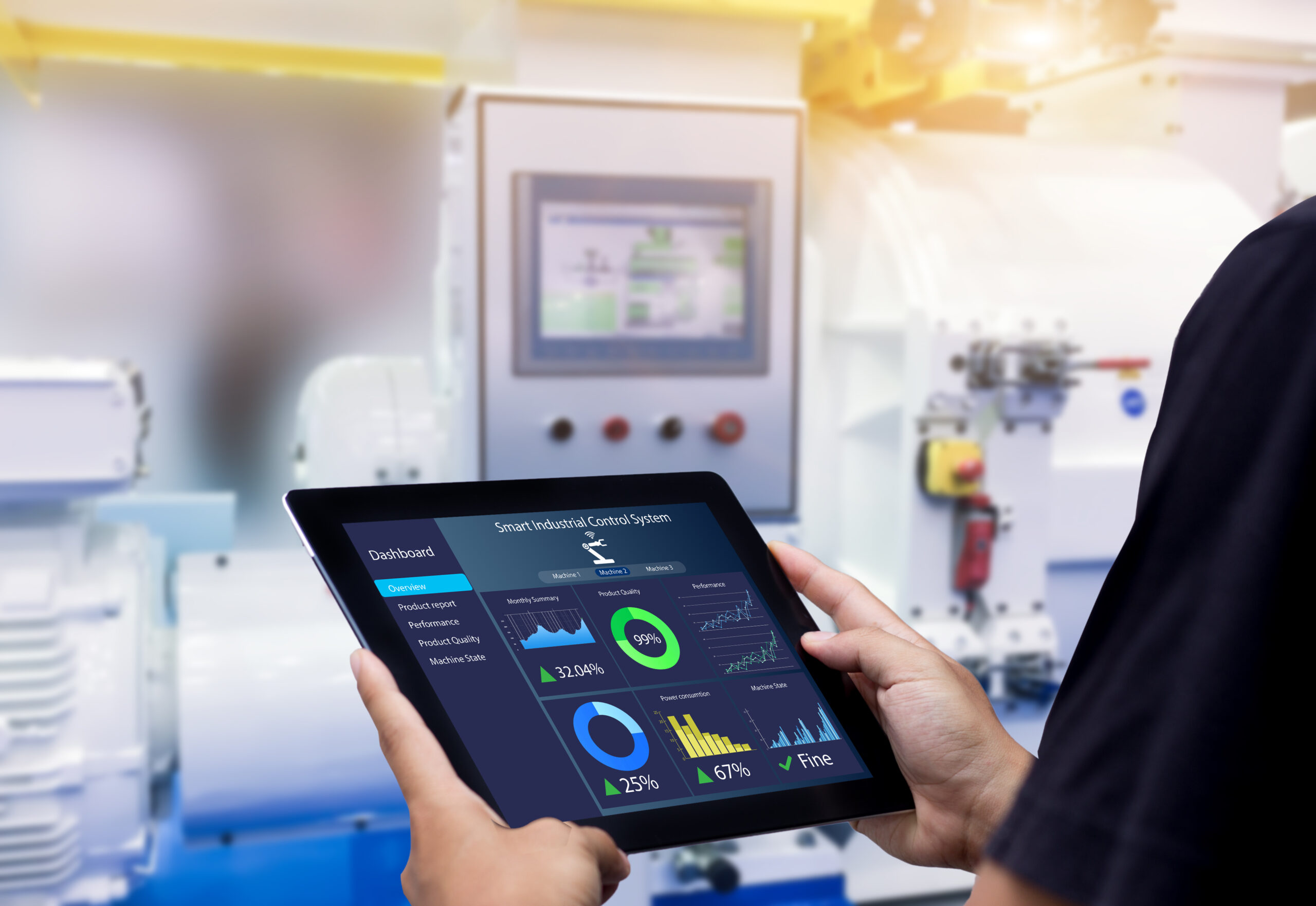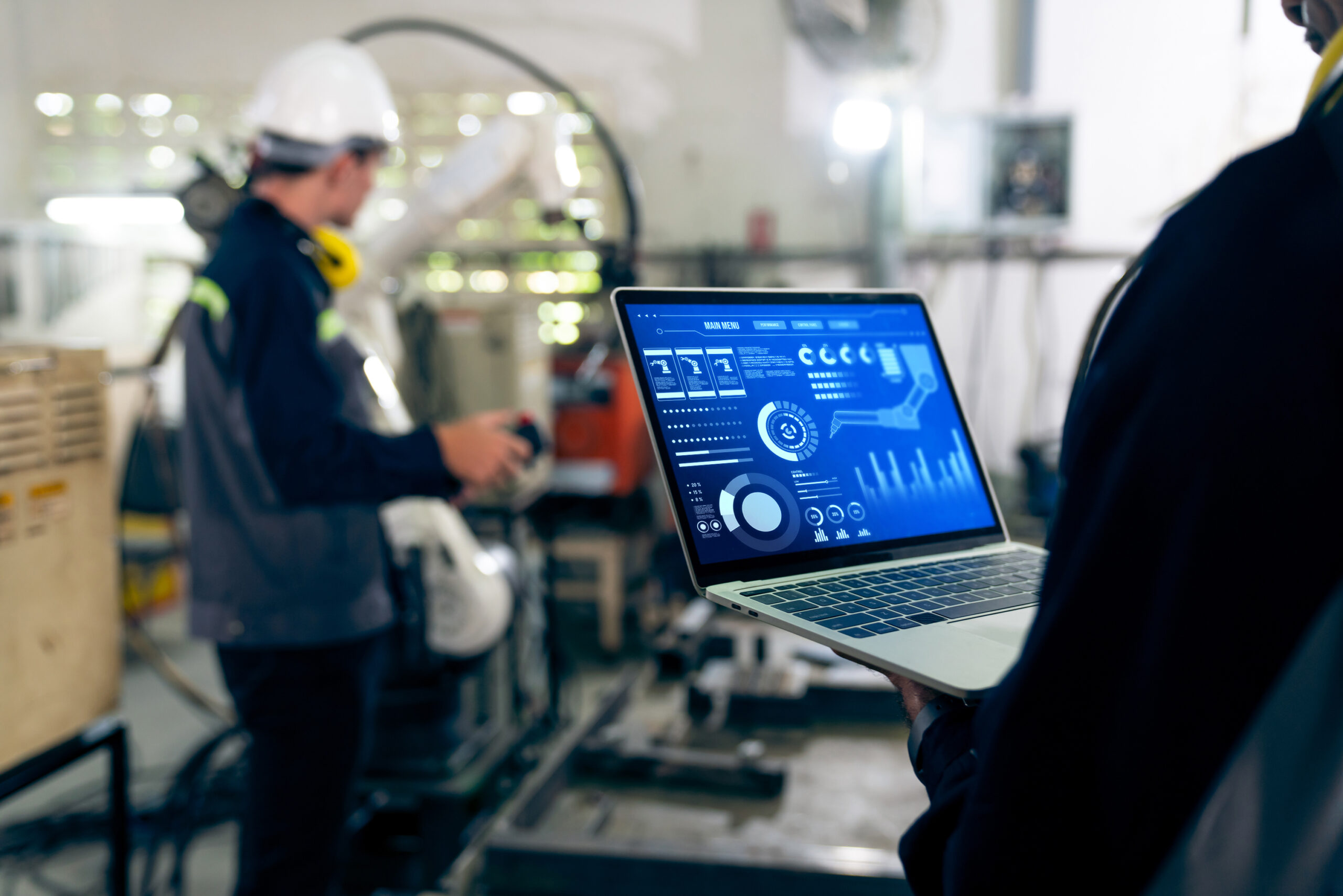
Case Studies

Optimizing Energy Efficiency using Integrated Embedded System Technologies
Context
In the rapidly evolving real estate sector, commercial buildings are increasingly confronted with the dual challenges of high energy consumption and the need for sustainable operation. Traditional energy management systems, often reactive and inefficient, struggle to adapt to the dynamic energy demands and occupancy patterns in these buildings, leading to inflated operational costs and environmental impacts.

Reframing the Problem
In addressing the prevalent challenges faced by commercial buildings in energy management, the primary problem we identified was the inefficient utilization of power, which not only led to escalated operational costs but also hindered sustainability initiatives. Consequently, there was a pressing need for a solution that could not only manage energy consumption more intelligently but also make informed decisions regarding energy sourcing. This necessitated the creation of a system that was not just efficient in optimizing power usage but also adhered to environmental compliance standards, thus reframing the energy management problem into an opportunity for achieving maximum efficiency and sustainability.

Our approach
1. ESP32-Based Control System: ESP32 controller, selected for its powerful processing capability and versatility in handling complex control tasks.
2. Integration of Diverse Sensors:
- Temperature and Humidity Sensors (like DHT22): These sensors supplied real-time data for ambient conditions, crucial for HVAC system optimization.
- Current Sensors: Essential for monitoring and managing electrical load across various building zones, aiding in identifying high-consumption areas and potential energy-saving opportunities.
- Occupancy Sensors: Used to detect real-time occupancy levels, enabling the system to adjust energy usage dynamically, especially for lighting and HVAC, based on actual space utilization.
3. Automated Control and Data Analytics: The system featured an automated control framework responsive to the inputs from these sensors. It intelligently adjusted energy consumption in real-time, while the integrated data analytics tools analyzed consumption patterns, offering insights for continual optimization.
4. Energy Source Management: The system was equipped to make informed decisions about energy source selection, balancing between conventional power and renewable sources like solar or wind energy, based on factors such as time-of-day energy pricing and availability.

The Impact
1. Reduction in Energy Consumption: The smart energy management system led to a substantial decrease in energy usage, directly translating into lowered operational costs.
2. Enhanced Sustainability and Compliance: By optimizing energy source usage and reducing overall consumption, the system significantly contributed to the building’s sustainability goals and helped comply with environmental regulations.
3. Improved Occupant Comfort and Building Efficiency: The intelligent control of HVAC and lighting, aligned with occupancy patterns, not only enhanced occupant comfort but also ensured that energy was used more efficiently and effectively.
4. Adaptive and Scalable Solution: The system’s design allowed for scalability and adaptability, making it a versatile solution for a range of commercial building sizes and types, demonstrating the potential for wider application in the real estate sector.



